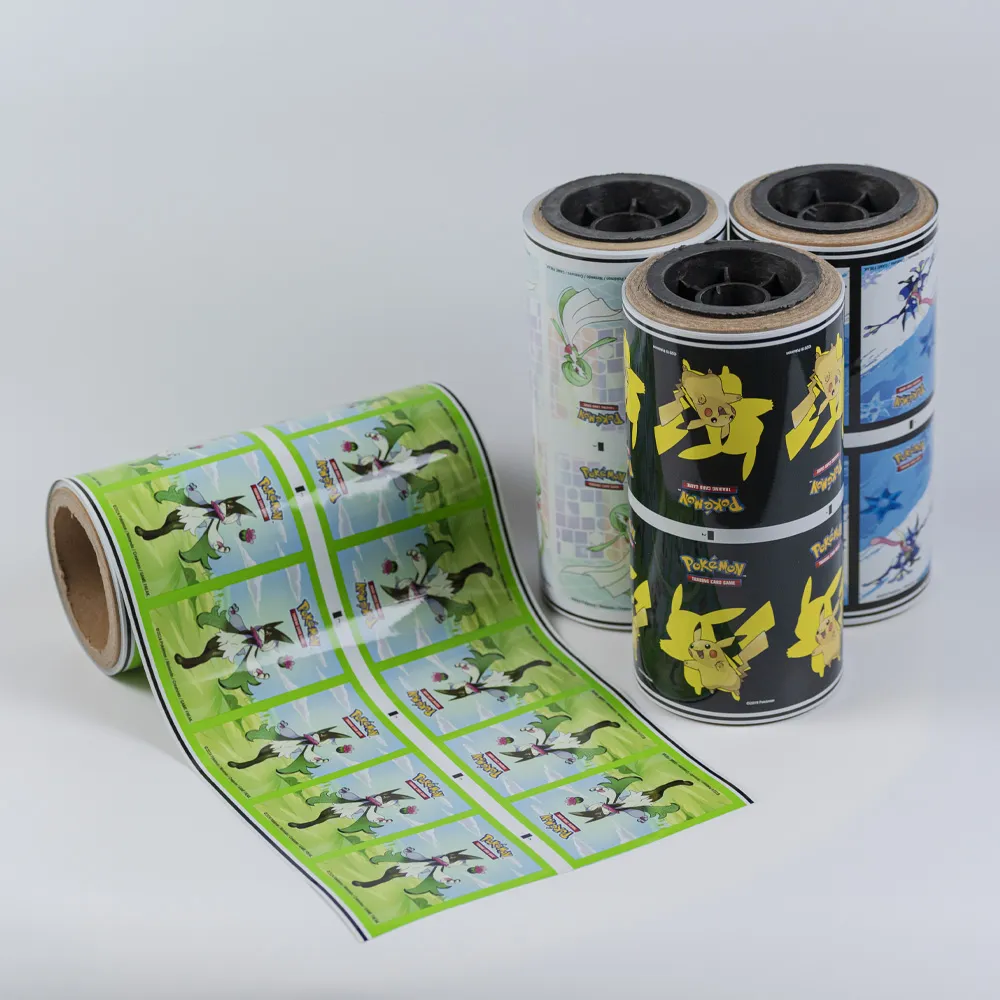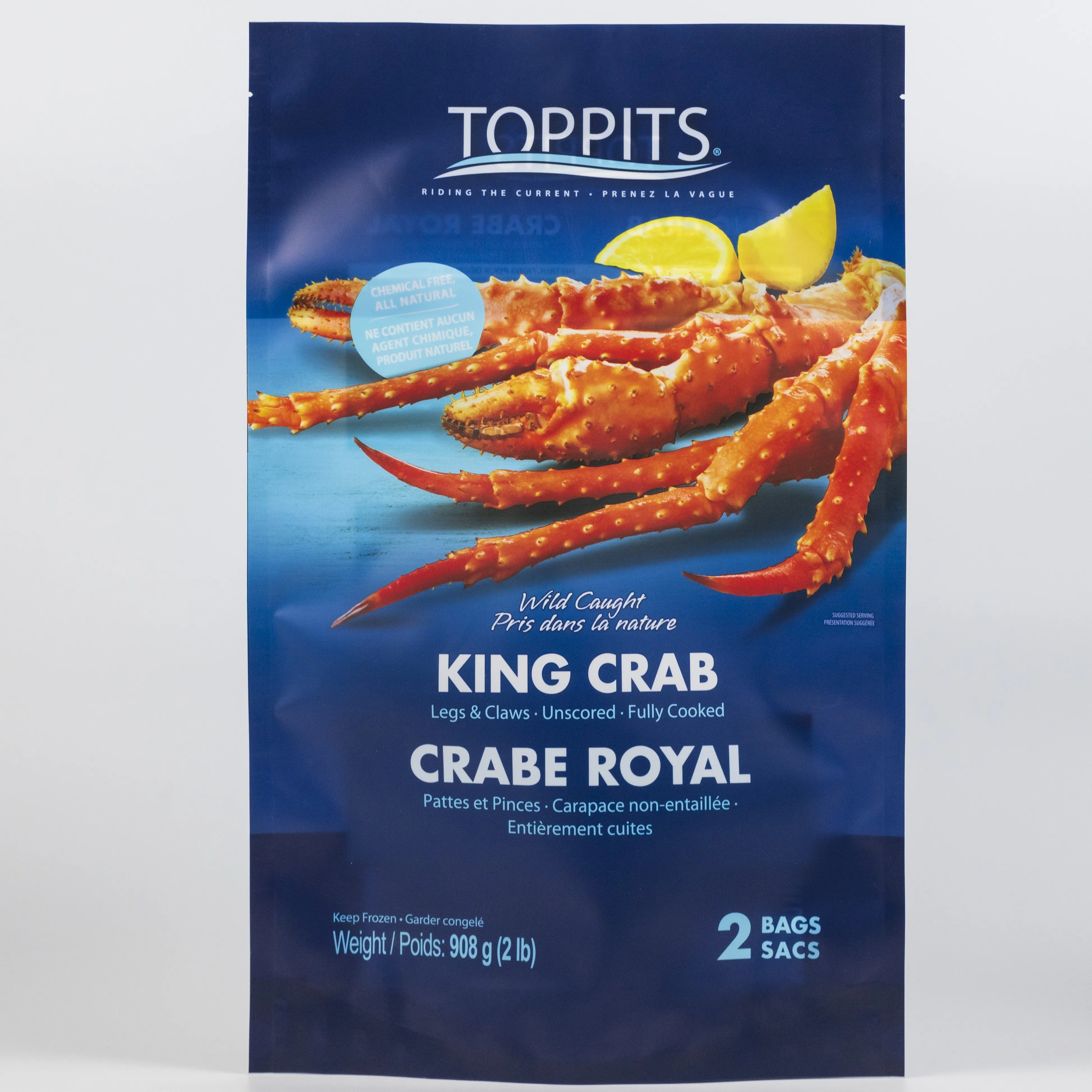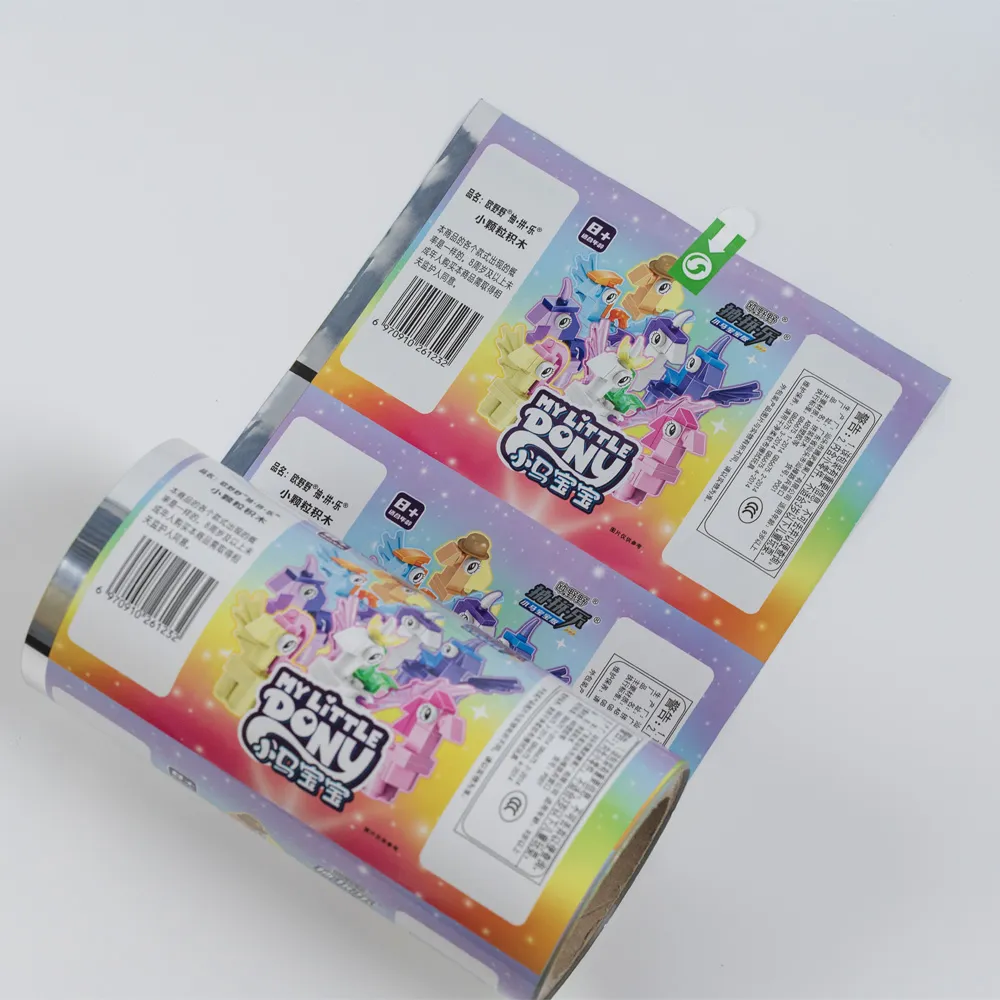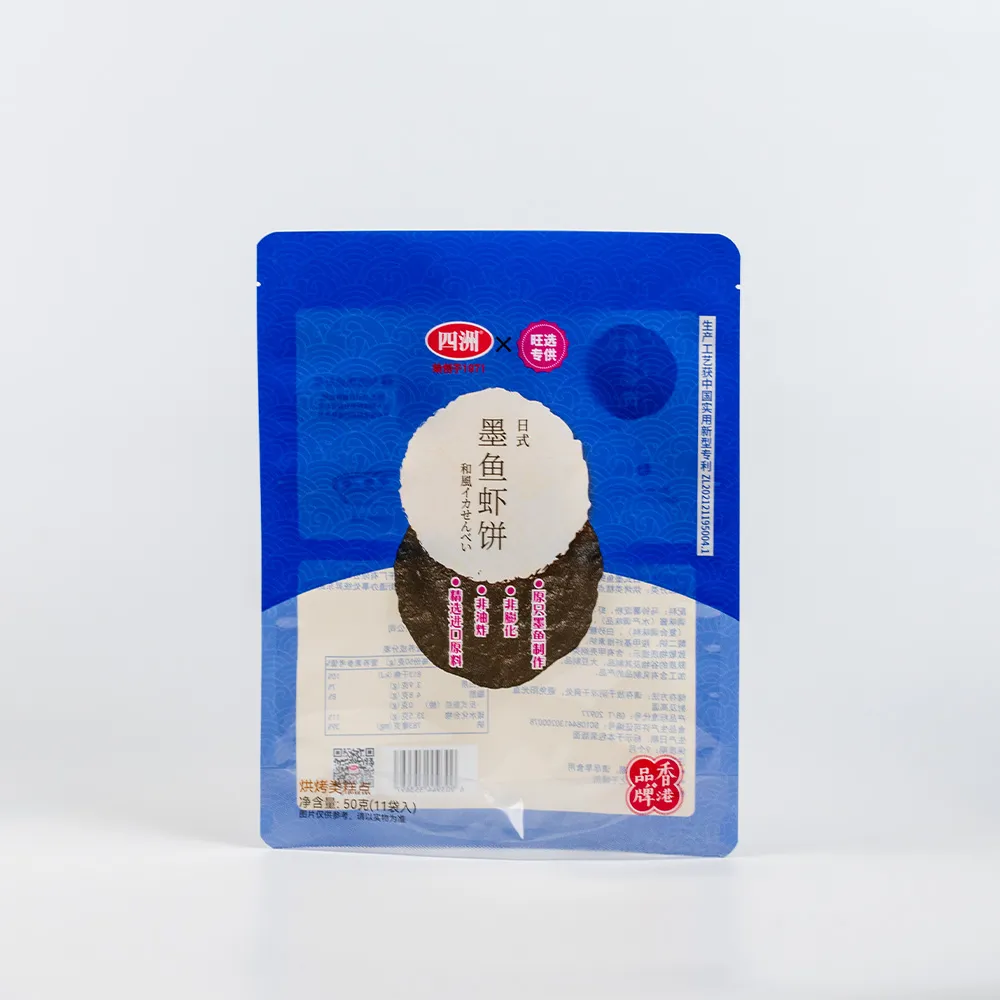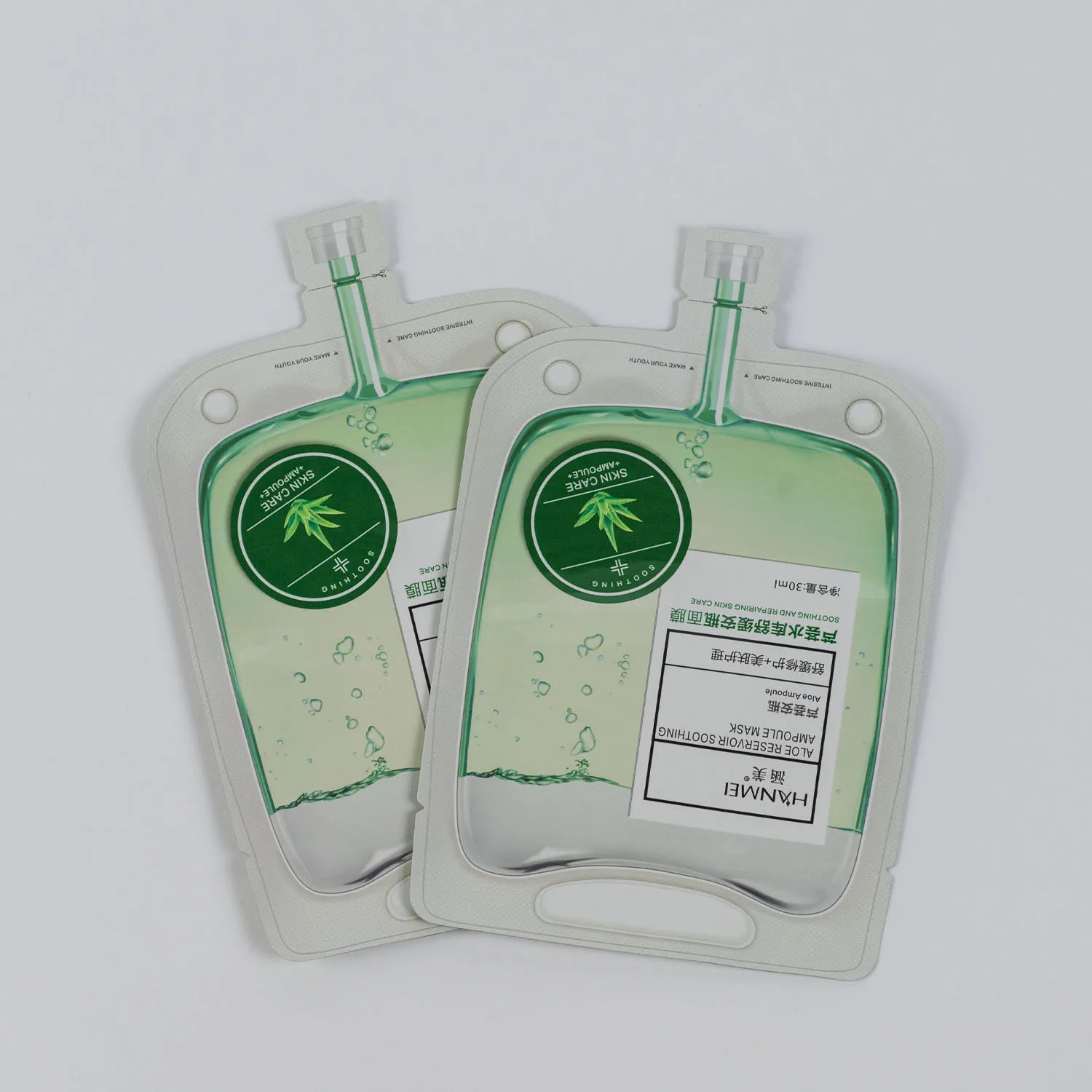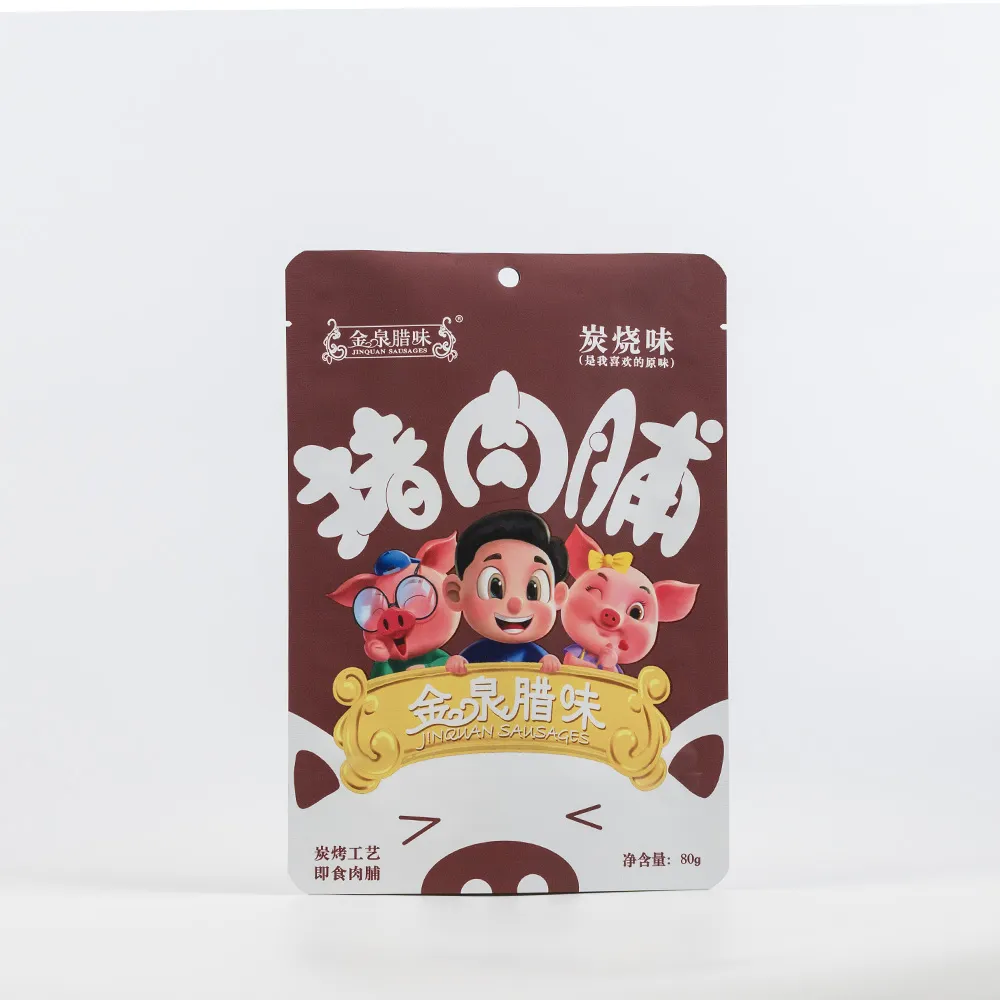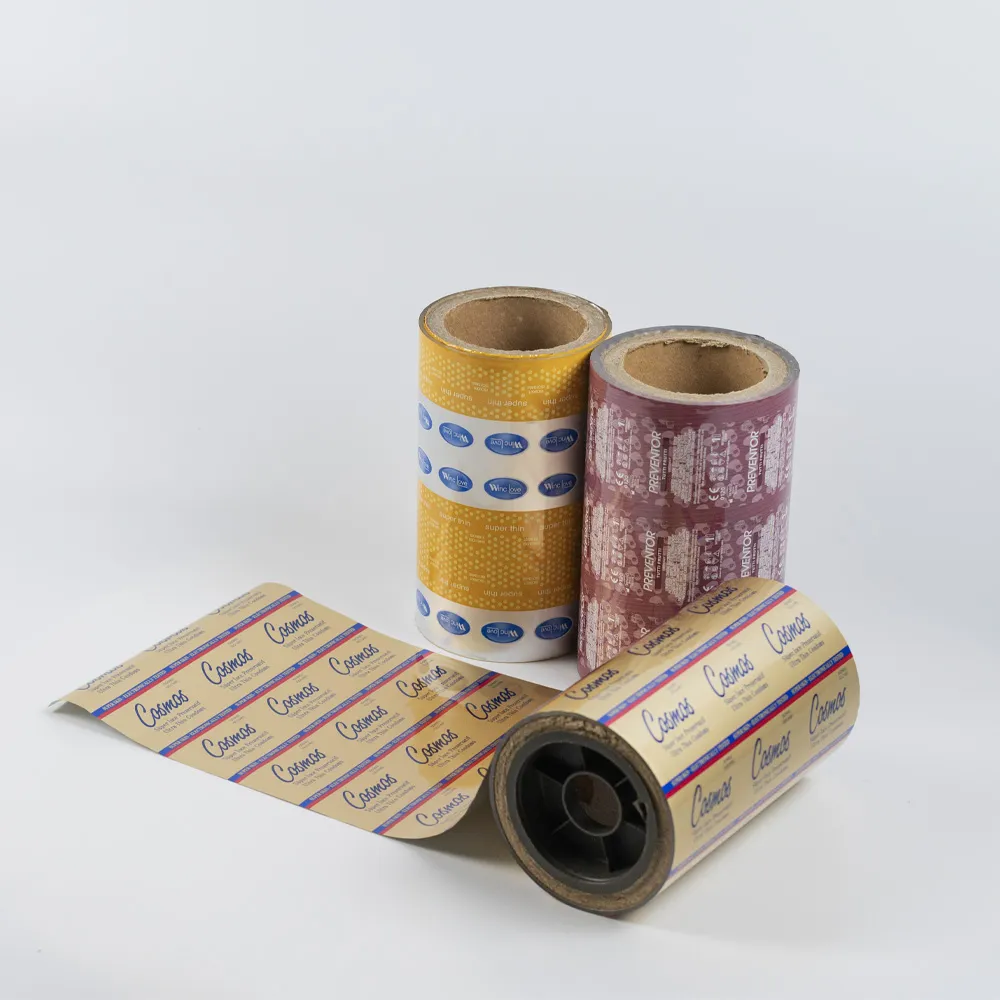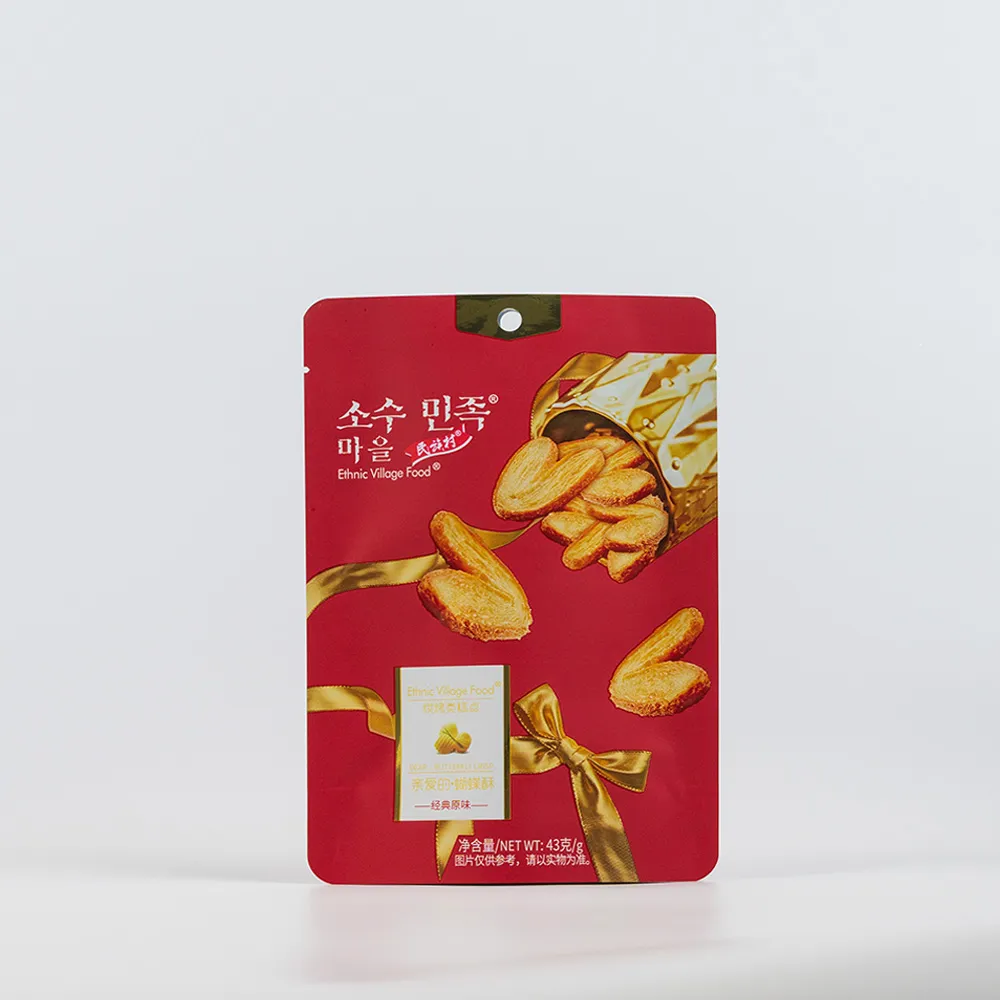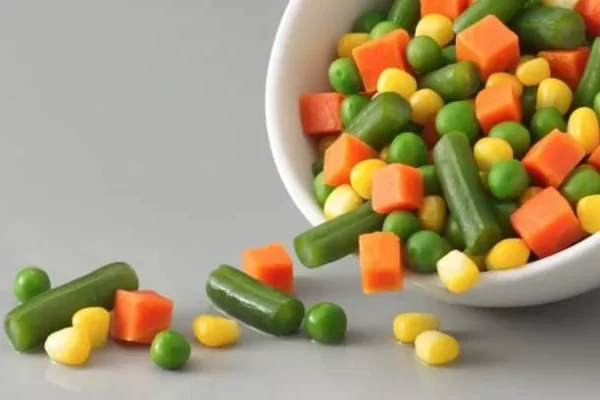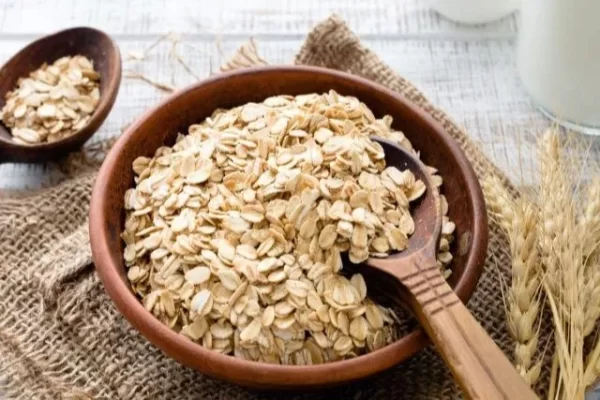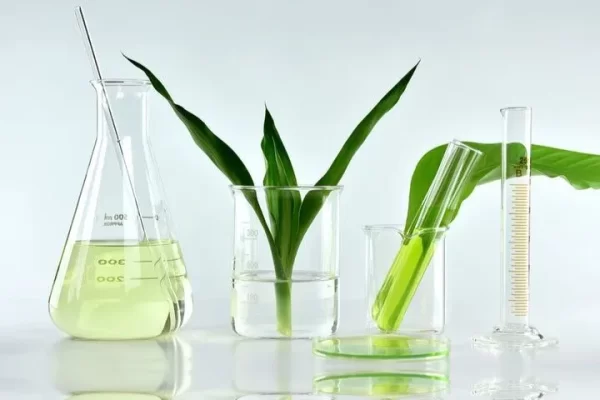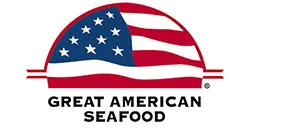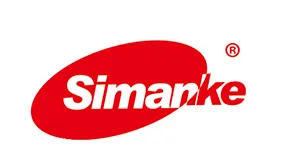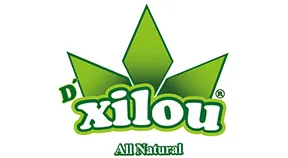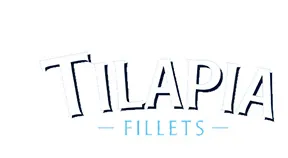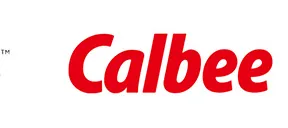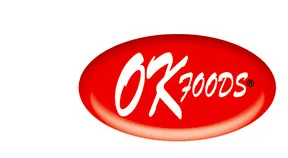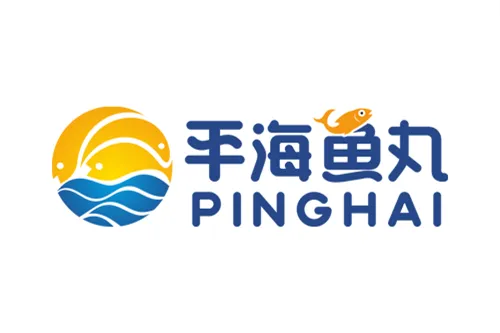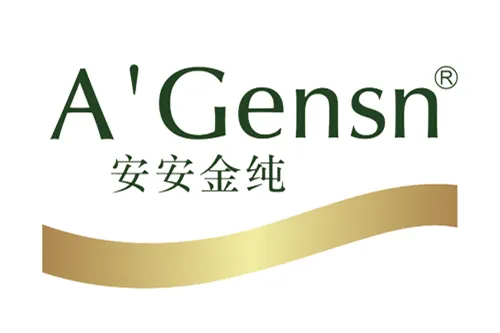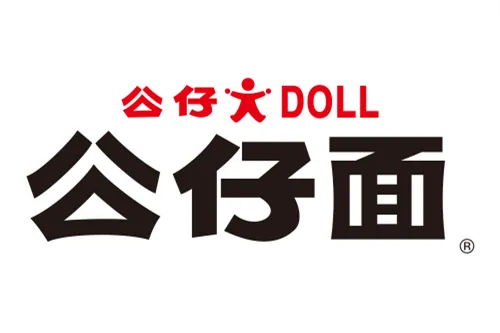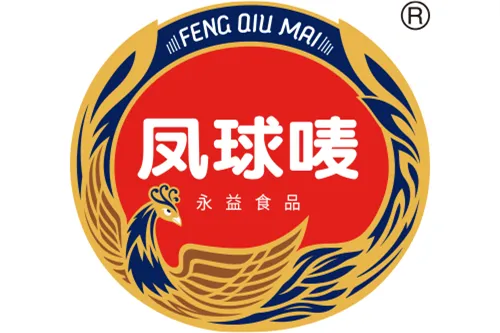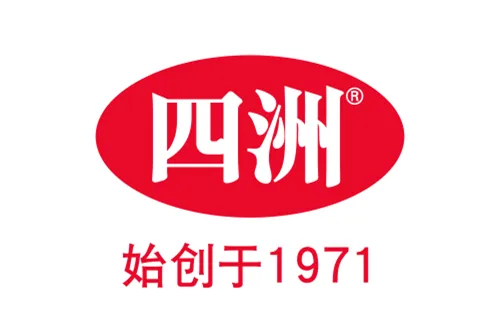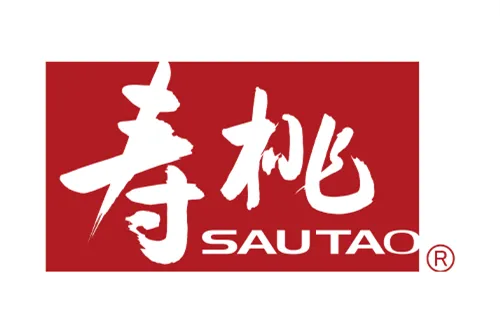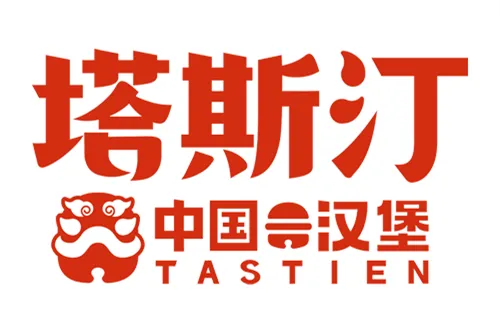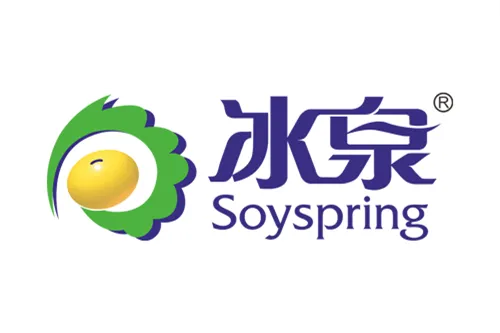Eco-Friendly Water-Based Ink Printing
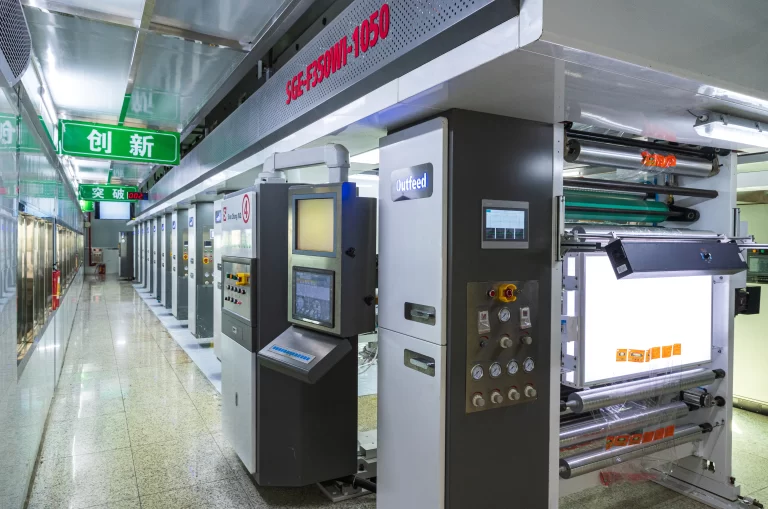
What is Water-based Ink Printing?
Example of Custom Flexible Packaging Printed with Water-Based Inks
Explore Our Custom Eco-Friendly Water-Based Ink Printed Packaging Solutions to Create Exclusive Packaging for Your Brand!
View More Custom SolutionsAdvantages of Water-based Ink Printing
Safety of Food Packaging
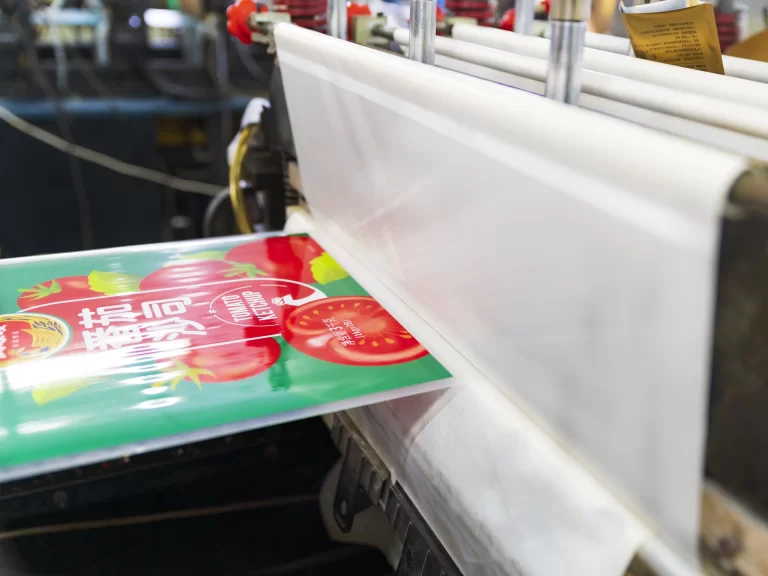
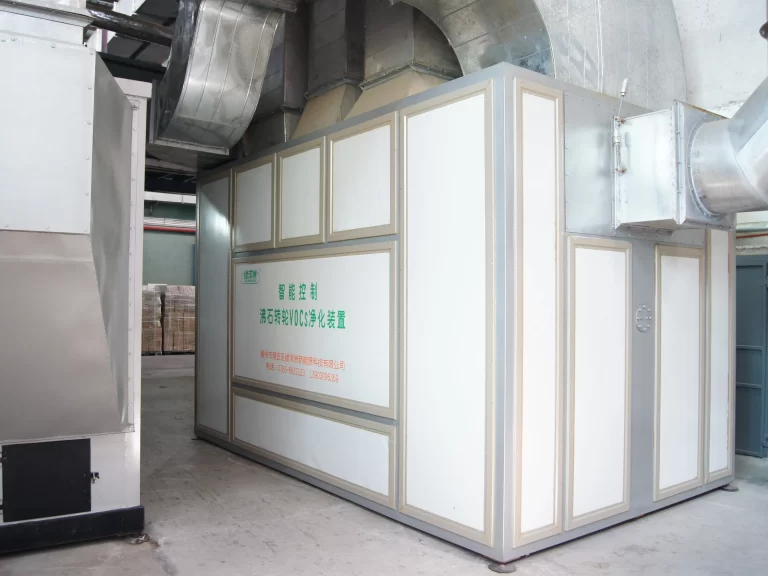
Environmental Protection Certification
Simplified and Efficient Production Process
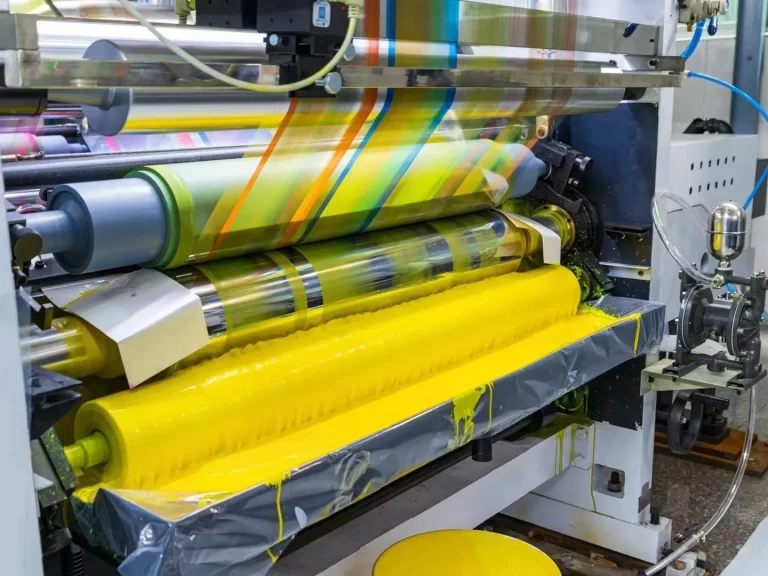

Workshop Environment and Production Equipment
Advanced Manufacturing Equipment
Water-based Ink Printing Process
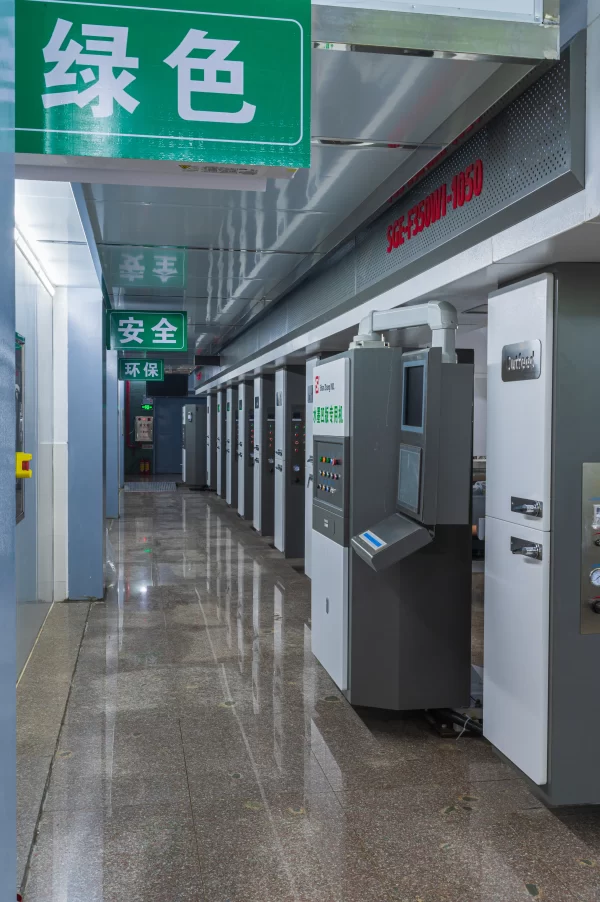
Specialized Water-based Ink Printing Equipment
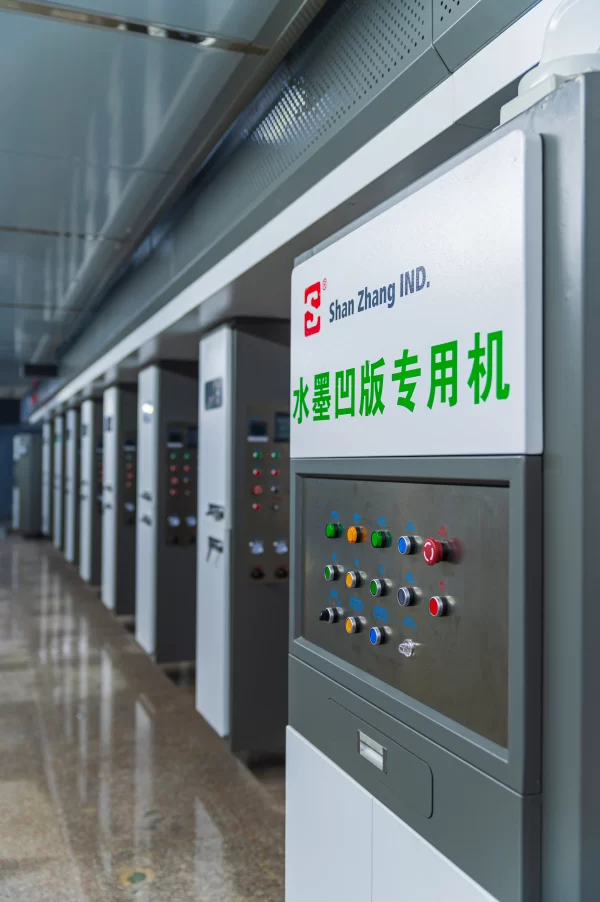
Workshop Remodeling and Technological Innovation
Water-Based Ink vs. Traditional Solvent-Based Ink
| Feature | Water-Based Ink | Traditional Solvent-Based Ink |
| Environmental Impact | No VOC emissions | High VOC emissions |
| Safety | Non-toxic, harmless | Contains harmful substances |
| Print Quality | Vibrant and long-lasting | Unstable colors |
| Applicability | Compatible with various packaging materials | Limited to specific materials |
| Cost Efficiency | High cost-effectiveness | Higher cost |
Ready to Step Into a Greener Future?
Global Market Experience
PARTNERS
Cooperation Brands
Why Choose Zhongjia Printing's Water-based Ink Printing Packaging Solutions?
Professional R&D Team
Advanced Production Equipment
Global Certification and Compliance
Fast Response and Customer Support
Customized Service
FAQ about Water-based Ink Printing
Does water-based ink apply to everything?
It can be applied on most of the packaging materials, for example, paper, plastic films, aluminum foils, and many others. However, some special ones-for example, high-gloss surfaces-have to be adapted or need surface treatment to some extent. It is highly recommended that small-scale tests should be done before use to ensure the compatibility between ink and material.
How to maintain the water-based ink printing equipment?
Highly recommended is frequent cleaning on all parts of the press, particularly ink tanks, plate rollers, doctor blades, in order to keep water-based ink printing equipment in the best conditions possible. It is important that after every printing job, cleaning must be done on ink tubes and printing cylinders to prevent the water-based ink from drying out. Also, check the lubrication system regularly and the ink control system for smooth operation of the equipment.
Are water-based ink suitable for the food packaging?
Water-based inks are according to safety standards appropriate for food, and the food contact material certifications show that inks are safe in printing food packaging. Also, the water-based inks that we provide have low solvent residues and are nonhazardous. Low solvent residue water-based inks meet international requirements for food contact materials.
Are water-based inks suitable for high speed printing presses?
Yes, water-based inks do work on high-speed printing presses. More precisely, our custom-engineered aqueous ink printing presses are where the optimized process ensures high productivity and steady production at speeds as high as 200m/min with consistent color and quality.
What is the curing time of aqueous inks?
The curing time for water-based inks depends on environmental temperatures and printing materials. Usually, if ambient conditions are right, drying takes a short period, say just a few minutes up to ten minutes. In practice, the drying speed of water-based inks is best hastened by either heating equipment or special drying equipment.
How to ensure that water-based ink will not show color difference during the process of printing?
Quality control and press setting adjustments regarding the uniformity and quality of water-based inks are other ways to secure color stability. The employment of laser plate making and dot aligning for minimizing discoloration can be critical to preserving color consistency in batch-to-batch production.


